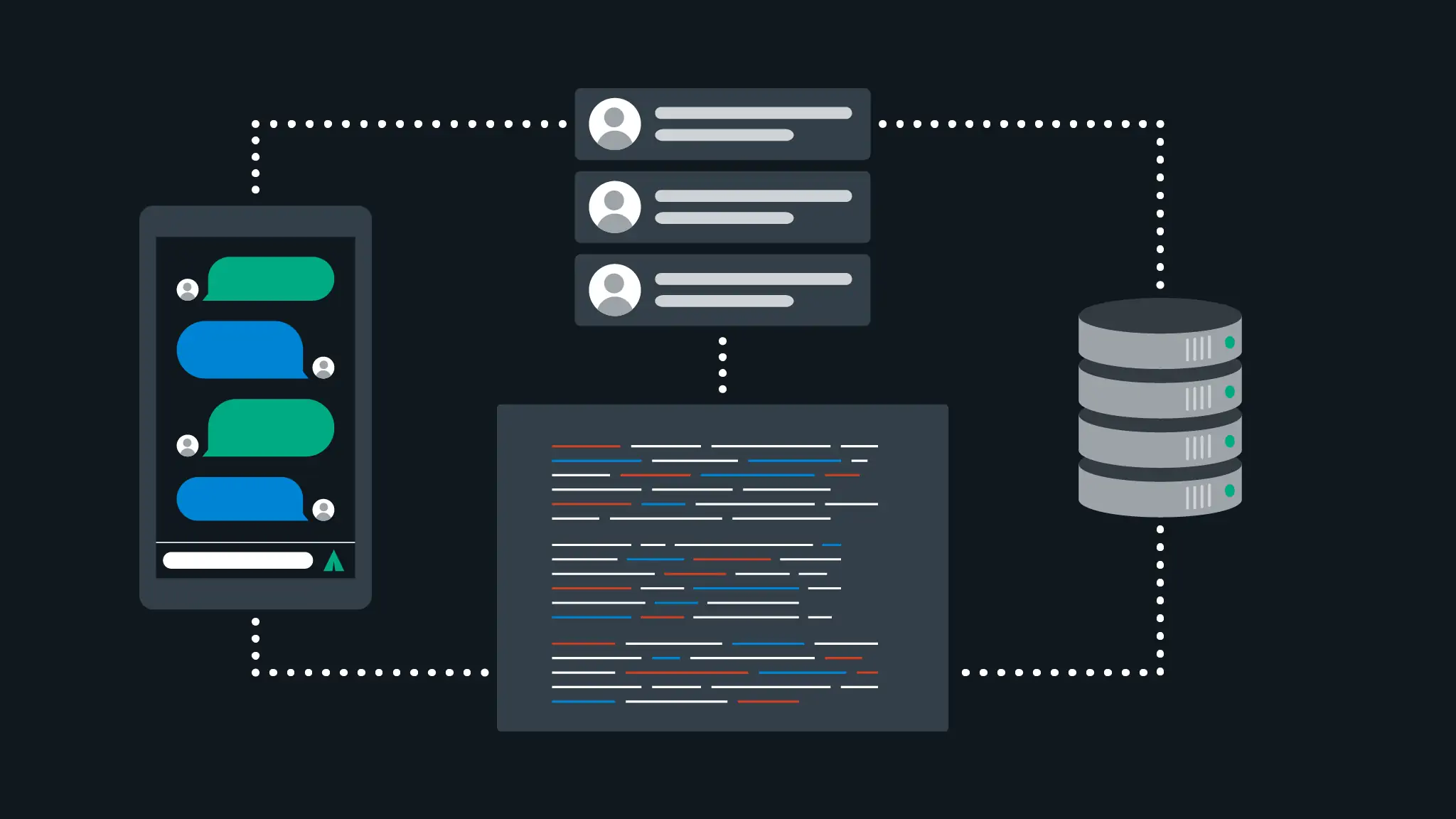
A Guide to Robust Website Design
Web development is a dynamic field that requires a blend of creativity, technical skills, and a keen understanding of best practices. Whether you are a seasoned developer or just starting out, adhering to industry standards is crucial for building websites that are efficient, user-friendly, and scalable. In this blog, I will share some of the best practices that I follow in my web development projects to ensure top-notch quality and performance.
Responsive Design
In today’s multi-device world, responsive design is a necessity. Websites must look and function well on a variety of devices, from desktop computers to smartphones. Using CSS media queries and flexible grid layouts, I ensure that my web designs adapt seamlessly to different screen sizes. Tip: Test your website on various devices and use tools like Chrome DevTools to simulate different screen resolutions.
Optimized Performance
Website performance is critical for user satisfaction and SEO. Slow-loading websites can frustrate users and lead to higher bounce rates. To optimize performance, I: Minimize HTTP requests by combining files and using CSS sprites, Compress images using tools like ImageOptim or TinyPNG, Implement lazy loading for images and videos, Use Content Delivery Networks (CDNs) to distribute content efficiently. Tip: Regularly monitor your website’s performance using tools like Google PageSpeed Insights and GTmetrix.
Clean and Maintainable Code
Writing clean, maintainable code is essential for collaboration and future updates. I follow these practices to keep my codebase organized:\n\nUse meaningful variable and function names.\nKeep functions and methods short and focused.\nComment your code to explain complex logic.\nAdhere to a consistent coding style, such as using ESLint for JavaScript projects.\nTip: Refactor your code regularly to improve readability and efficiency.
Security Measures
The importance of security in websites cannot be overstated. Websites often handle sensitive information such as personal details, financial data, and login credentials, making them prime targets for cybercriminals. Robust security measures, including data encryption, SSL certificates, and strong password policies, are essential to protect this information and maintain user trust. Security breaches can severely damage a website's reputation, leading to a loss of customers and revenue, while compliance with regulations like GDPR ensures legal adherence and demonstrates a commitment to user privacy. Ultimately, investing in website security safeguards business continuity, protects intellectual property, and enhances the overall user experience.
BLOGS
I Write About Technology Too.

Emerging Dev Technologies
Stay ahead of the curve with these emerging web development technologies.
20 minutes
Read More

The Importance of Responsive Design in Web Development
Understanding the critical role of responsive design in web development.
5 minutes
Read More
A Guide to Robust Website Design
Careful planning and optimisation is key to robust website design.
5 minutes
Read More